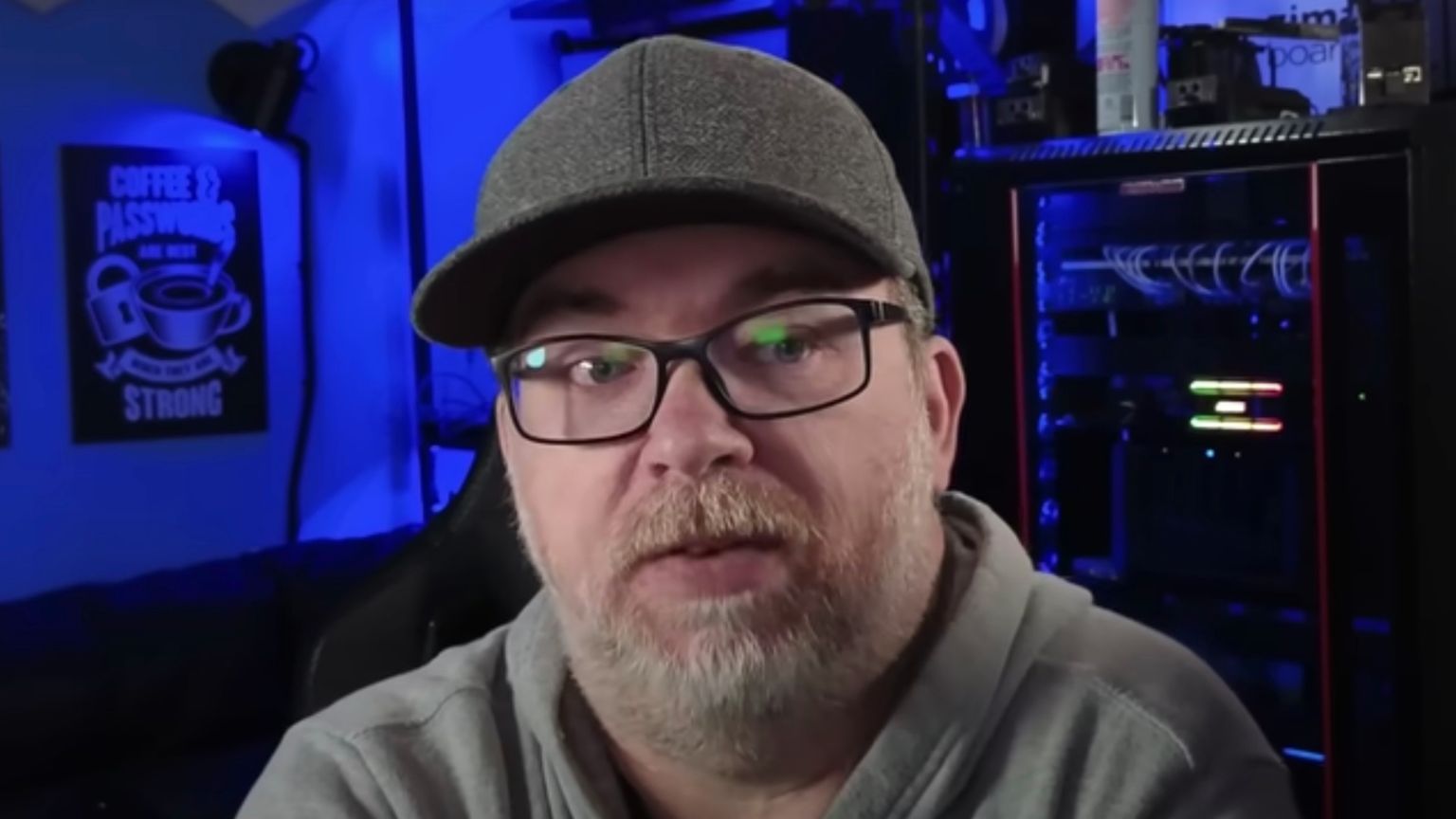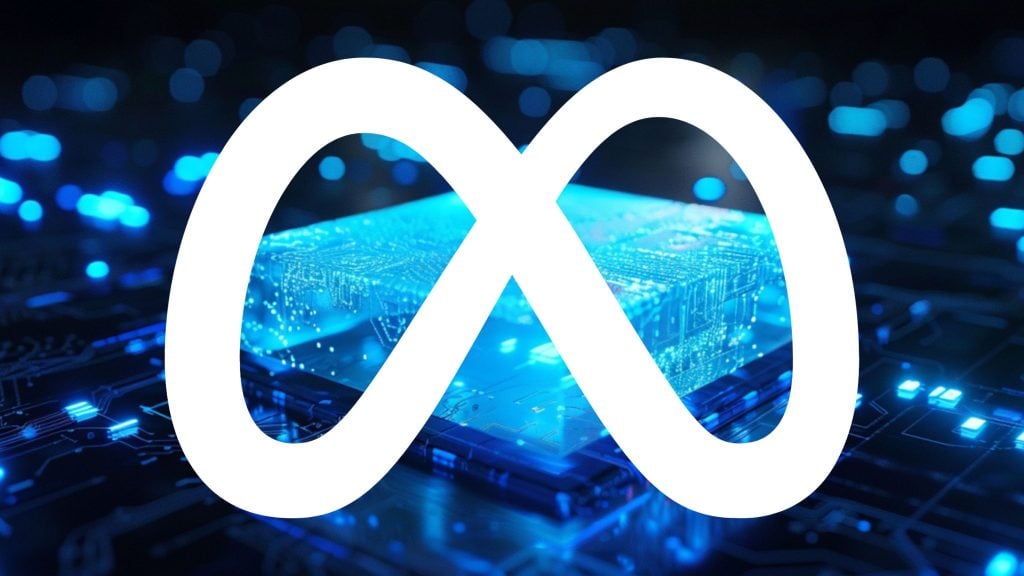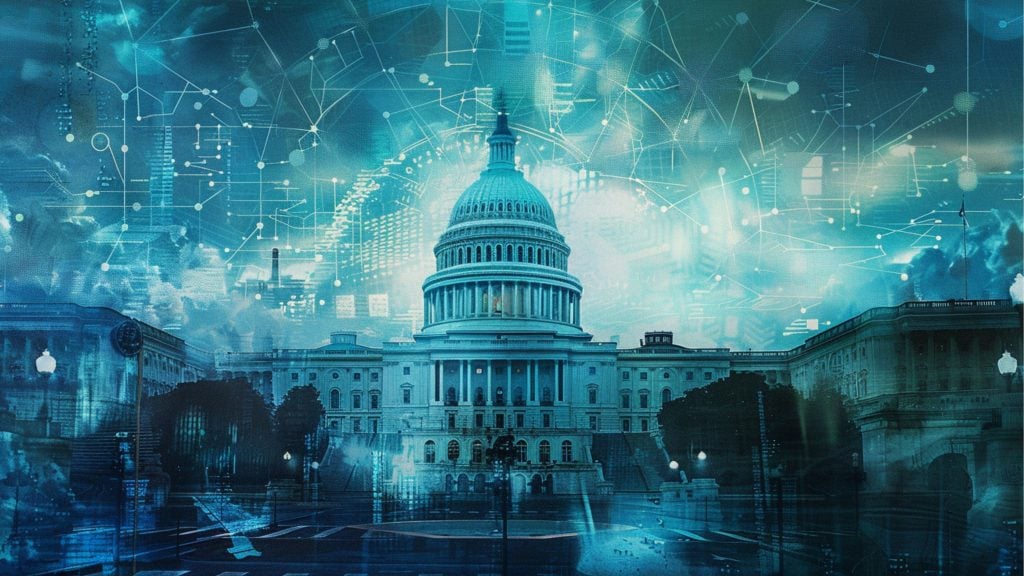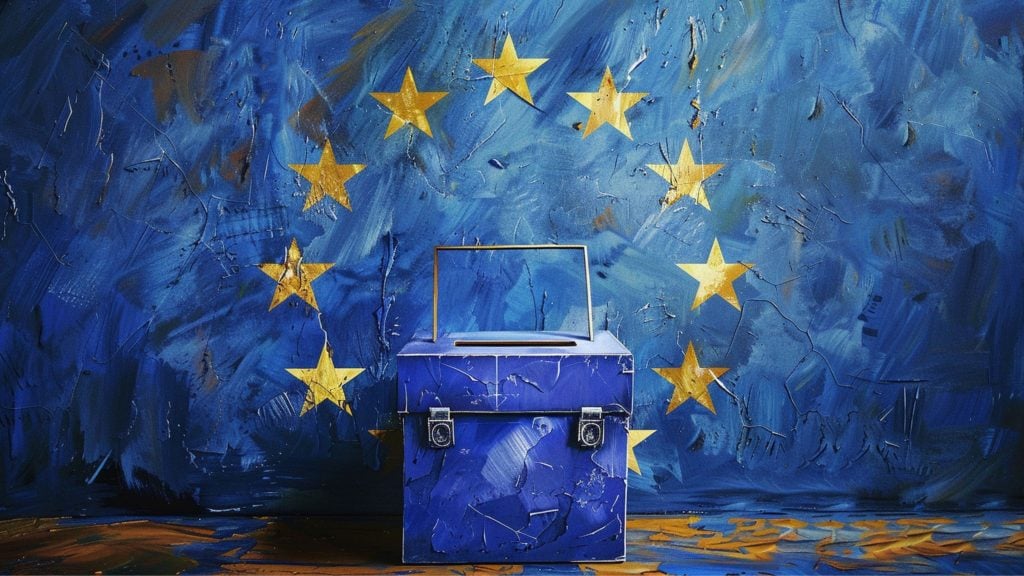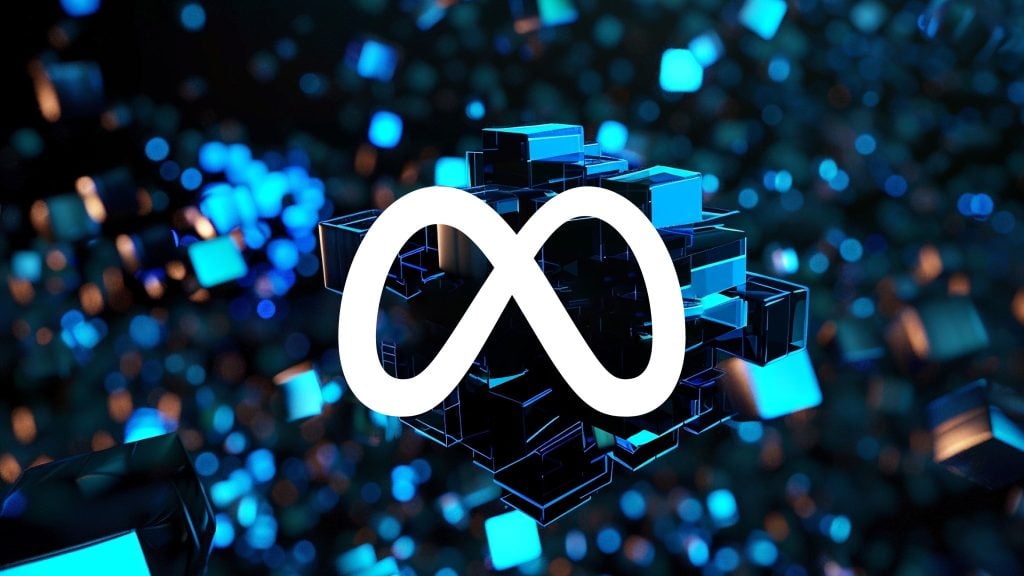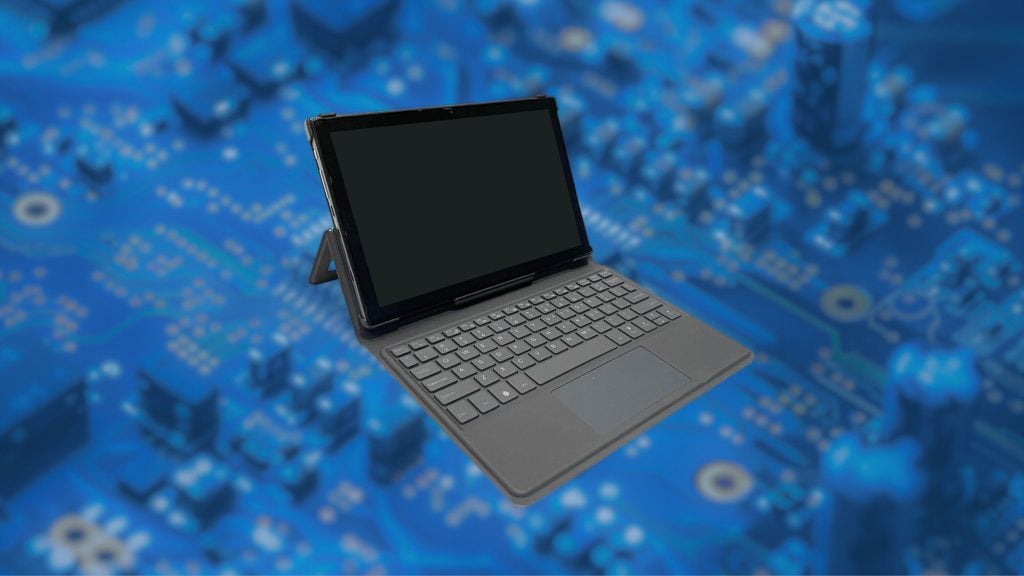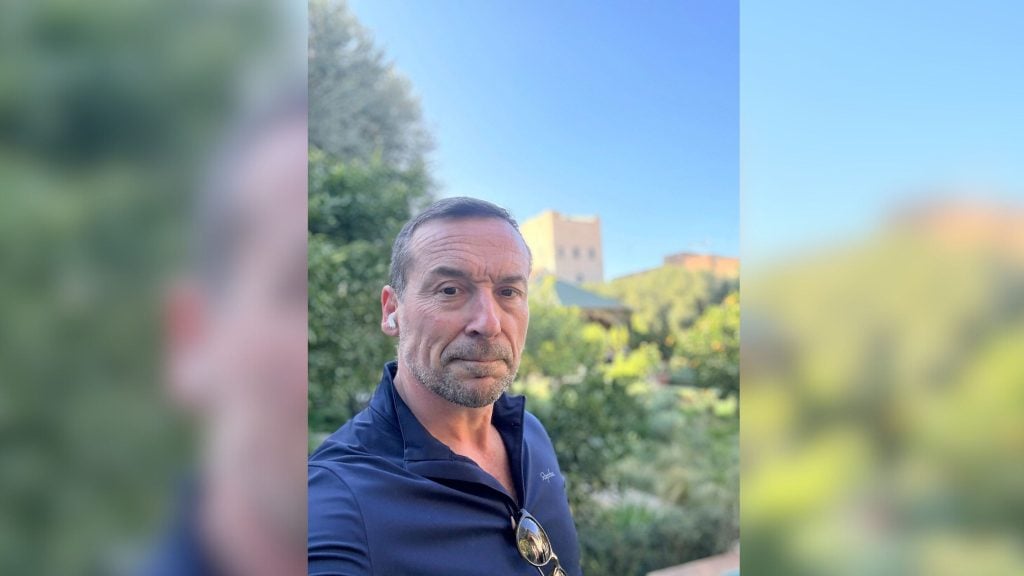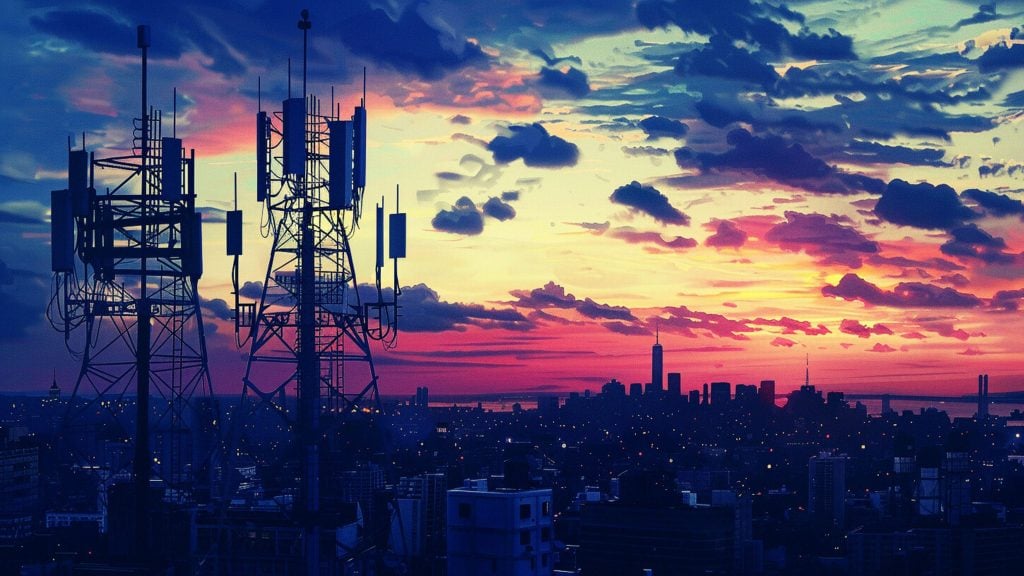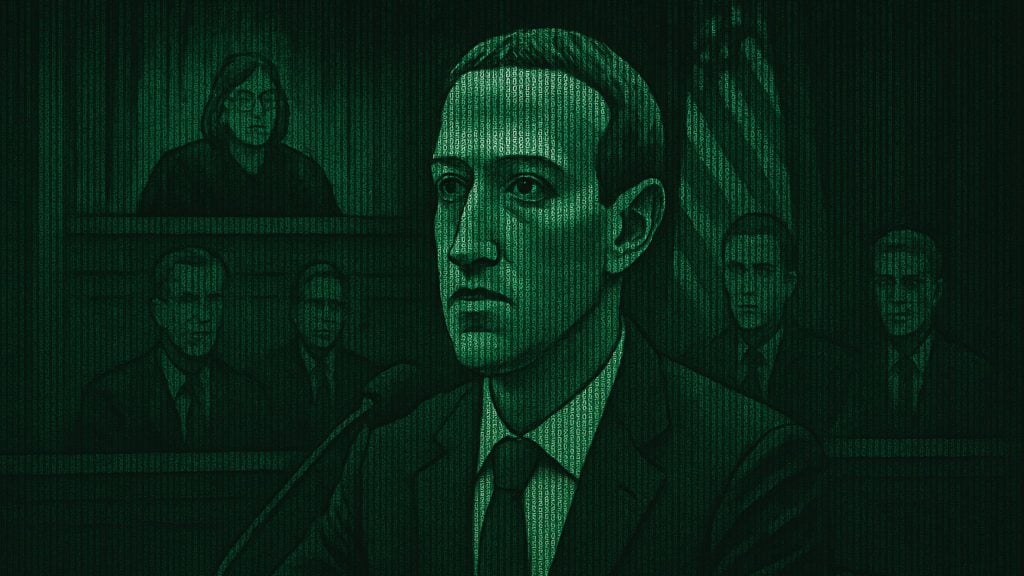The retroactive application of new YouTube guidelines poses a significant challenge for content creators. David Burgess, the mind behind the DBTech YouTube channel, recently found himself in a perplexing situation. Despite adhering to the draconian rules at the time of uploading, he received two community strikes for older videos featuring youtube-dl and similar software, casting doubt over the sustainability of his future content.
As reported by TorrentFreak, Brandon Lee from VirtualizationHowto describes it as a space for tech enthusiasts to explore and experiment with diverse technologies, ranging from virtual machines to personal servers. DB Tech, Burgess’s channel, is a treasure trove of knowledge for homelab enthusiasts, offering guidance on various technologies like Docker and Pi-Hole. Unlike many channels, DB Tech steers clear of piracy, focusing on legally available software.
A notification from YouTube about a community guideline strike was unexpected for Burgess, especially since he had disabled notifications two years prior. The strike pertained to a video uploaded on March 20, 2020, about a Docker container for youtube-dl, a tool for downloading videos from platforms like YouTube. This video predated the RIAA’s attempt to remove youtube-dl from GitHub by six months. Despite youtube-dl’s continued availability on GitHub and Burgess’s emphasis on non-infringing use, YouTube removed the video in 2021 for violating its Terms of Service.
YouTube-dl is a command-line program designed for downloading videos from YouTube and other video-hosting websites. Renowned for its versatility and efficiency, it enables users to download videos in various formats and resolutions, catering to different needs and bandwidth requirements. Beyond just downloading individual videos, YouTube-dl offers features like downloading entire playlists, extracting audio from videos, and selecting specific video qualities. Its utility extends to both casual users who want to save videos for offline viewing and professionals who may need to archive content or use video clips for educational or analytical purposes. As an open-source tool, it has garnered a community of contributors who continuously update and improve it, ensuring compatibility with a constantly changing online landscape.
Burgess, known for his informative and hype-free content, was disappointed with the strike. His video, carefully instructing on the prudent use of youtube-dl, did not encourage piracy or content theft. Instead, it highlighted the risks of alternative tools laden with malware. Despite this, YouTube’s terms, which prohibit downloading content not explicitly allowed for download, left little room for Burgess’s video to remain up.
The irony of the situation is not lost, especially considering the RIAA’s stance on youtube-dl as a tool for circumventing digital locks. YouTube’s terms disallow content that shows how to access unauthorized content, but Burgess’s video didn’t seem to violate this directly.
The second strike came for a video uploaded on February 5, 2021, focusing on setting up a home media server. This tutorial, purely technical in nature, was also removed for breaching YouTube’s terms, despite its educational intent and the presence of similar content on the platform. This inconsistency in enforcement has left Burgess and other creators puzzled and concerned about the interpretation of YouTube’s rules.
With the tightening of content policies on platforms like YouTube, creators like Burgess face the challenge of adapting to ever-evolving rules. The need to predict and conform to potential future guidelines adds to the complexity of content creation. Despite these hurdles, Burgess is not planning to leave YouTube, though he is exploring other avenues like Rumble for more consistent and clear-cut rules.
Get the the full details on TorrentFreak here.

